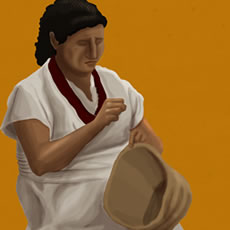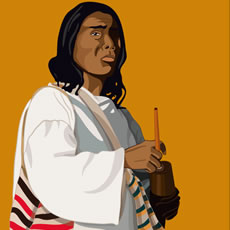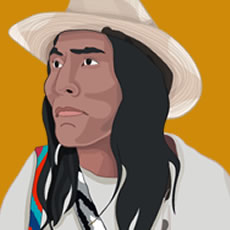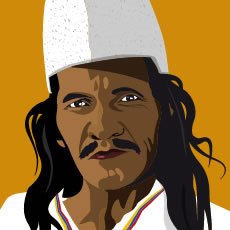From the XIXth century, the Kankuamo people began loosing their cultural values, and their language, thanks to racial segregation and the systematic attempt to incorporate indigenous communities into “civilization”. Even if the language is critically endangered, contemporary populations have been making great efforts to keep it alive along with other cultural traditions of the group. The geographic areas of influence of the Kankuamo are the towns of Atánquez, Chemesquemena, Guatapuri and La Mina.



